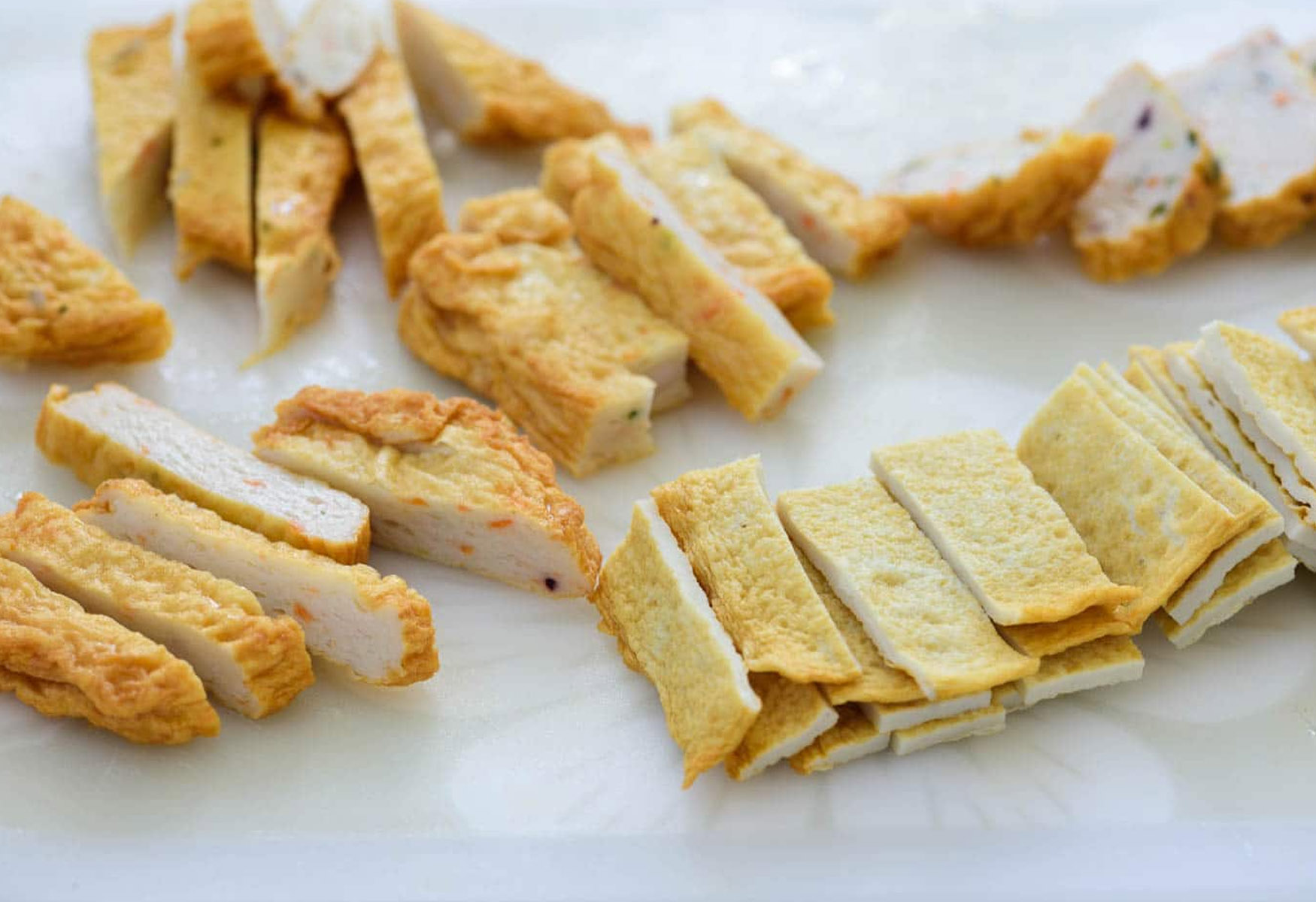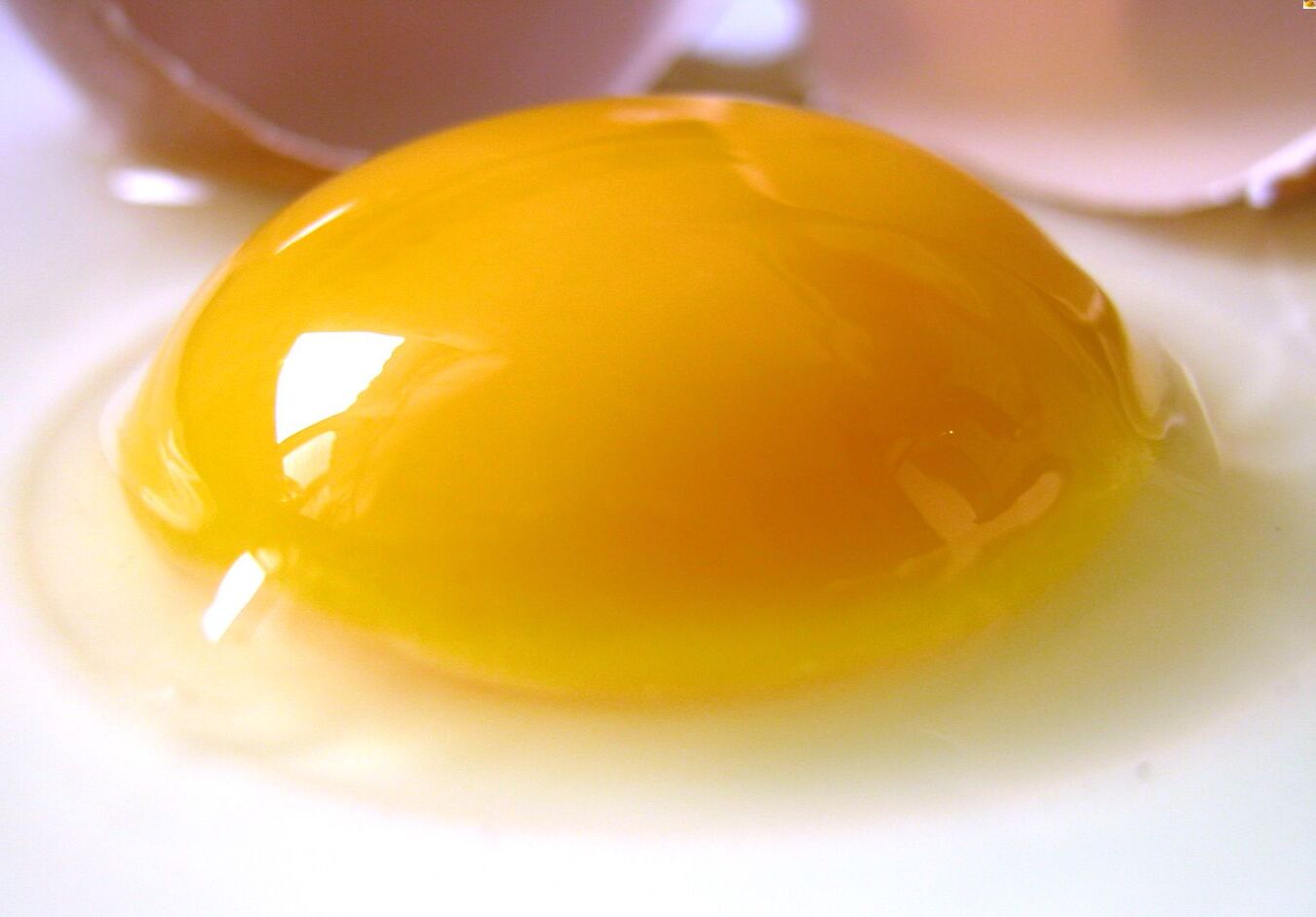
Fish cakes are a delicious and versatile dish that has been enjoyed by people all over the world for centuries. Made by combining fish with various ingredients such as potatoes, breadcrumbs, herbs, and spices, fish cakes offer a tasty and convenient way to incorporate seafood into our diet. Not only are fish cakes a crowd-pleasing option for seafood lovers, but they also come with a range of nutritional benefits. In this article, we will explore 20 fascinating nutrition facts about fish cakes, shedding light on their rich protein content, essential vitamins and minerals, and their potential health benefits. Whether you’re a fan of classic fish cakes or more adventurous flavors, these nutrition facts will help you appreciate the wholesome goodness that fish cakes bring to our plates.
Key Takeaways:
- Fish cakes are a protein-packed, heart-healthy, and delicious option that supports brain function and overall well-being. With their low calories and high omega-3 content, they’re a tasty treat that’s good for you!
- Whether you’re looking for a satisfying meal, a boost for brain health, or a flavorful delight, fish cakes are a versatile and nutritious choice. Packed with essential nutrients and easy to prepare, they’re a delicious way to support your health.
High in Protein
Fish cakes are an excellent source of protein, making them a great option for fueling your body and repairing muscles. A single serving can provide up to 15 grams of protein, helping to keep you feeling satisfied and energized.
Rich in Omega-3 Fatty Acids
One of the standout nutritional benefits of fish cakes is their high omega-3 fatty acid content. These healthy fats are essential for brain health, heart health, and reducing inflammation in the body.
Low in Calories
If you’re watching your calorie intake, fish cakes are a smart choice. With just around 100 calories per serving, they can easily fit into a balanced diet and help you maintain a healthy weight.
Good Source of Vitamin B12
Vitamin B12 is crucial for maintaining healthy nerve cells and red blood cells. Luckily, fish cakes provide a good amount of this essential nutrient to support your overall well-being.
Contains Important Minerals
Fish cakes are packed with important minerals like iron, zinc, and selenium, which play a vital role in various bodily functions, including immune support and energy production.
Low in Carbohydrates
If you’re following a low-carb diet, you’ll be thrilled to know that fish cakes are relatively low in carbohydrates. This makes them a suitable option for those looking to manage their blood sugar levels.
Boosts Brain Function
The powerful combination of omega-3 fatty acids, protein, and essential nutrients in fish cakes can help improve cognitive function, memory, and overall brain health.
Supports Heart Health
With their omega-3 fatty acids and low levels of saturated fats, fish cakes are heart-friendly. Regular consumption of fish cakes can help lower cholesterol levels, reduce the risk of heart disease, and promote cardiovascular well-being.
Aids in Weight Loss
Due to their high protein content, fish cakes are an excellent addition to a weight loss diet. Protein helps to increase feelings of fullness, reduce cravings, and boost metabolism.
Versatile Ingredients
From salmon to cod to tuna, fish cakes can be made with a variety of fish, providing different flavors and textures to suit everyone’s taste preferences.
Gluten-Free Option
For those who follow a gluten-free diet, fish cakes made with gluten-free breadcrumbs or alternative binders can offer a delicious and safe option to enjoy this seafood delight.
Supports Eye Health
Fish cakes are a great source of vitamin A and omega-3 fatty acids, both of which are beneficial for maintaining good vision and promoting eye health.
Provides Essential Amino Acids
Fish cakes contain all the essential amino acids needed for the body to function properly. These amino acids are the building blocks of proteins and have various roles in the body, including muscle repair and growth.
Low in Sodium
For individuals watching their sodium intake, fish cakes can be a great option as they are generally low in sodium compared to processed seafood products.
Source of Vitamin D
Fish cakes made from fatty fish, such as salmon or mackerel, can provide a good amount of vitamin D, which is essential for bone health, immune function, and overall well-being.
Easy to Prepare
Whether you pan-fry, bake, or grill them, fish cakes are easy to prepare and make for a quick and satisfying meal option when you’re short on time.
Can Be Enjoyed Hot or Cold
Fish cakes are versatile and can be enjoyed as a hot main course, accompanied by side dishes, or served cold as a delightful addition to salads or sandwiches.
Great Source of Selenium
Fish cakes provide a significant amount of selenium, a mineral that acts as an antioxidant and supports thyroid function, DNA synthesis, and immune system health.
Non-allergenic Alternative to Meat
For individuals with fish and seafood allergies, fish cakes made with alternative proteins like tofu or plant-based ingredients can be a non-allergenic alternative to traditional meat options.
Delicious Flavor Profile
Last but certainly not least, fish cakes offer a delicious flavor profile that combines the natural taste of the fish with a blend of herbs, spices, and other ingredients. Each bite is sure to tantalize your taste buds!
Now that you know these 20 fish cake nutrition facts, it’s clear why these delectable creations are such a popular choice among seafood enthusiasts. Whether you’re looking for a protein-packed meal, heart-healthy option, or a tasty treat that supports brain function, fish cakes have got you covered. So, go ahead and indulge in the goodness that fish cakes have to offer!
Conclusion
In conclusion, fish cakes are not only delicious but also packed with nutritional benefits. They are a great source of lean protein, omega-3 fatty acids, and essential vitamins and minerals. Consuming fish cakes can contribute to heart health, promote brain function, and support overall well-being. However, it is important to keep moderation in mind and choose fish cakes made from high-quality ingredients to maximize their nutritional value. As with any food, it is always best to consult with a healthcare professional or nutritionist to ensure that fish cakes fit into your individual dietary needs and preferences. So go ahead and enjoy these tasty treats guilt-free, knowing that they are not only satisfying your taste buds but also nourishing your body.
FAQs
Q: Are fish cakes high in calories?
A: The calorie content of fish cakes can vary depending on the ingredients used and the size of the serving. Generally, fish cakes can range from 200 to 400 calories per serving. It is important to check the nutritional information on the packaging or consult recipes to get a better understanding of the calorie content.
Q: Are fish cakes a good source of protein?
A: Yes, fish cakes are a good source of protein. They are typically made with fish, which is a lean source of high-quality protein. Protein is essential for building and repairing tissues, supporting muscle growth, and maintaining a healthy immune system.
Q: Do fish cakes contain carbohydrates?
A: Yes, fish cakes may contain carbohydrates depending on the recipe. Some fish cakes are made with added breadcrumbs or potatoes, which can contribute to the overall carbohydrate content. However, the amount of carbohydrates can vary, so it is necessary to refer to specific recipes or product labels for accurate information.
Q: Can fish cakes be enjoyed by people with seafood allergies?
A: Individuals with seafood allergies should exercise caution when consuming fish cakes. Although the ingredients may vary, fish cakes are typically made with fish or seafood products. It is best to consult with a healthcare professional or allergist to determine if fish cakes are safe for consumption.
Q: Can I make fish cakes at home?
A: Yes, fish cakes can be easily made at home. There are various recipes available, ranging from traditional to creative variations. Making fish cakes at home allows you to control the ingredients and customize the flavors to suit your preferences.
Was this page helpful?
Our commitment to delivering trustworthy and engaging content is at the heart of what we do. Each fact on our site is contributed by real users like you, bringing a wealth of diverse insights and information. To ensure the highest standards of accuracy and reliability, our dedicated editors meticulously review each submission. This process guarantees that the facts we share are not only fascinating but also credible. Trust in our commitment to quality and authenticity as you explore and learn with us.


